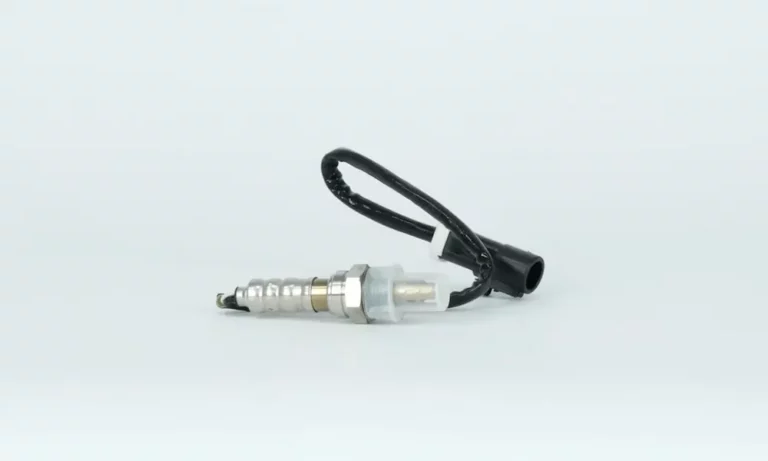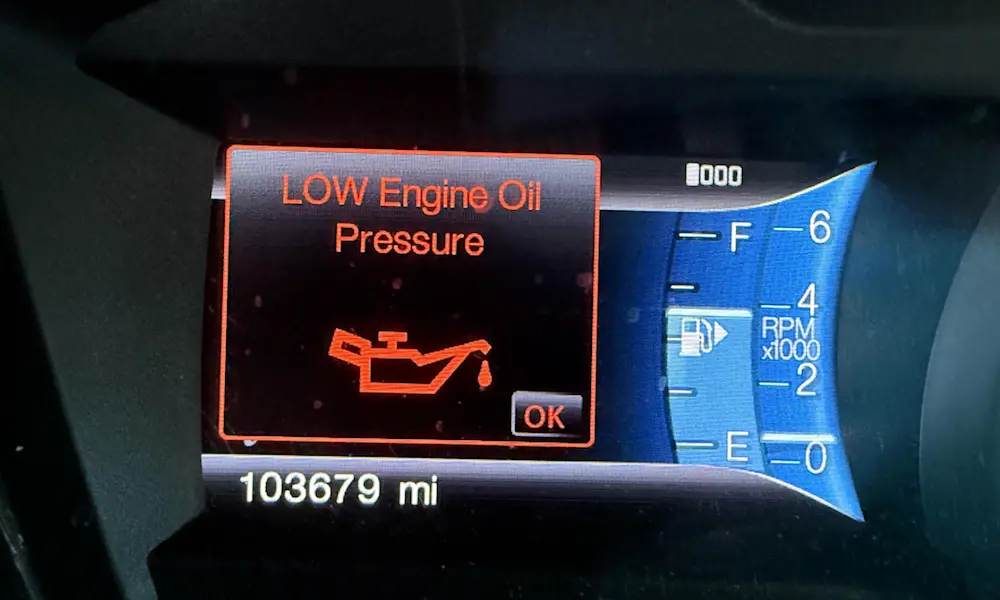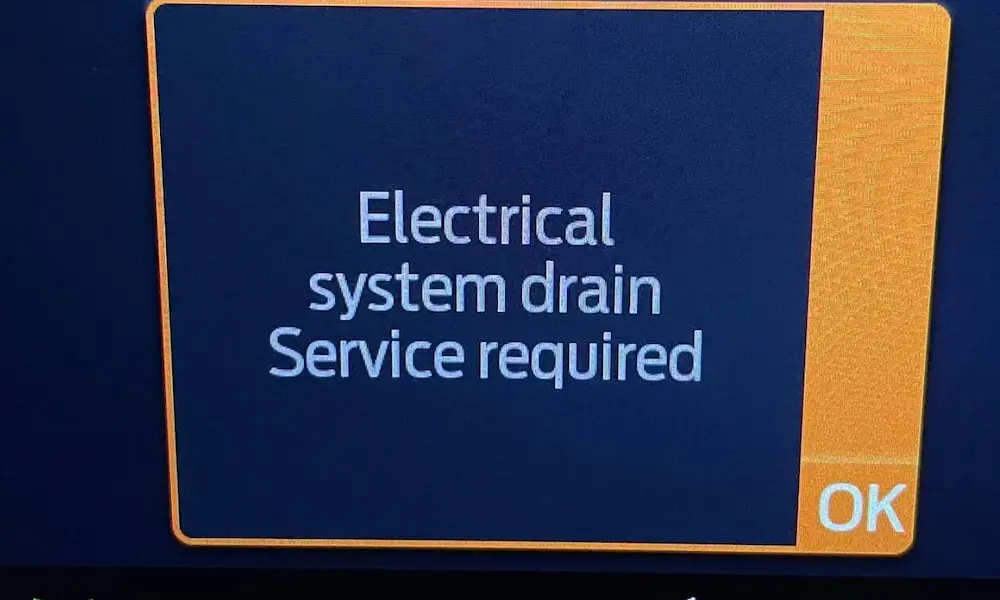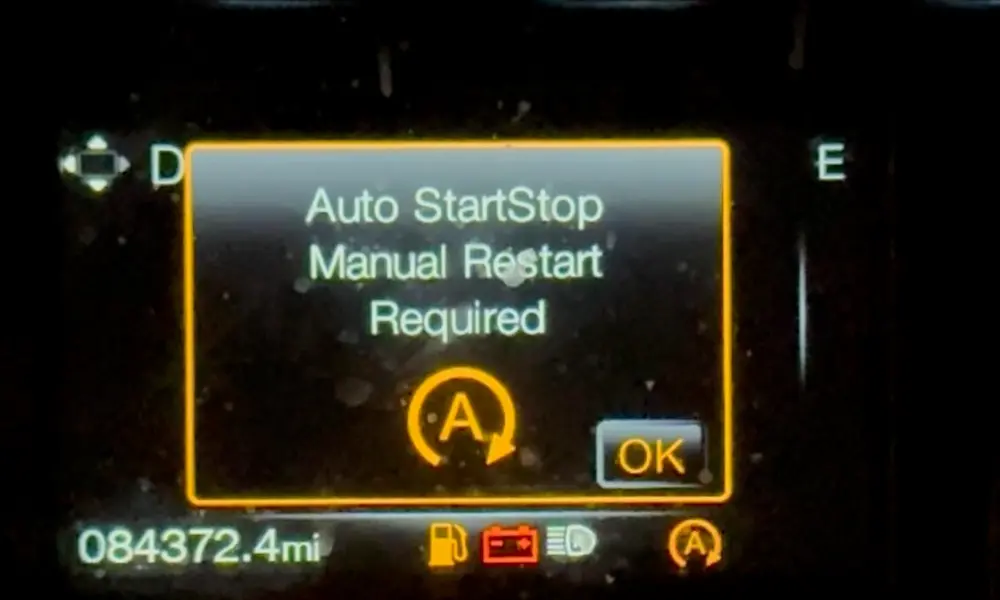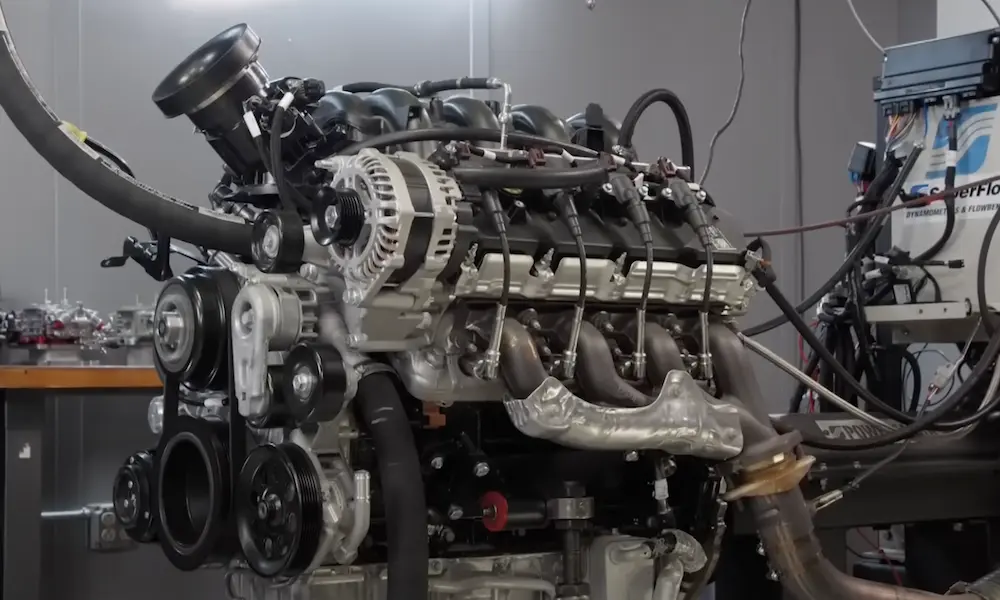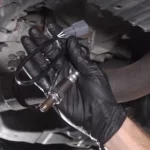Ever popped your hood looking for an oxygen sensor only to feel like you’re searching for a needle in a haystack? You’re not alone. Finding these crucial components in your Ford F150 can be challenging if you don’t know exactly where to look. But don’t worry – I’ve put together the ultimate guide to help you locate every oxygen sensor in your truck.
What Are Oxygen Sensors and Why Do They Matter?
Oxygen sensors are small devices that measure the oxygen levels in your exhaust gas. Think of them as tiny chemists analyzing what comes out of your engine to make sure it’s running efficiently.
Your Ford F150 uses oxygen sensors to:
- Maintain the perfect air-fuel ratio
- Keep emissions in check
- Maximize fuel economy
- Ensure your engine performs at its best
When an oxygen sensor fails, you’ll likely see that dreaded check engine light, experience rough idling, or notice a sudden drop in fuel efficiency. Your truck might even fail an emissions test due to a faulty sensor.
How Many Oxygen Sensors Does a Ford F150 Have?
Most modern Ford F150 trucks have four oxygen sensors strategically placed throughout the exhaust system:
- Two upstream sensors (before the catalytic converters)
- Two downstream sensors (after the catalytic converters)
These sensors work in pairs to monitor exhaust gases both before and after they pass through the catalytic converters. This setup allows your truck’s computer to check both the air-fuel mixture and whether your catalytic converters are doing their job.
Decoding Oxygen Sensor Terminology
Before diving into specific locations, let’s clear up some confusing terminology:
| Term | What It Means | Location |
|---|---|---|
| Bank 1 Sensor 1 (B1S1) | Upstream sensor on bank 1 | Near exhaust manifold (driver’s side) |
| Bank 1 Sensor 2 (B1S2) | Downstream sensor on bank 1 | After catalytic converter (driver’s side) |
| Bank 2 Sensor 1 (B2S1) | Upstream sensor on bank 2 | Near exhaust manifold (passenger side) |
| Bank 2 Sensor 2 (B2S2) | Downstream sensor on bank 2 | After catalytic converter (passenger side) |
Remember: Bank 1 typically refers to the side of the engine that contains cylinder #1 (usually the driver’s side in Ford F150s).
Ford F150 Oxygen Sensor Locations by Model Year
1997-2003 F150 Oxygen Sensor Locations
The 10th generation F150s with 4.6L and 5.4L engines have four oxygen sensors:
- Upstream sensors (B1S1 and B2S1): Located near the connection points of the exhaust manifolds
- Downstream sensors (B1S2 and B2S2): Found after the catalytic converters
For the 1997-1998 models specifically, you’ll find the oxygen sensors arranged in a specific pattern with each bank having one upstream and one downstream sensor.
2004-2008 F150 Oxygen Sensor Locations
The 11th generation F150s maintain a similar oxygen sensor arrangement:
- Upstream sensors: One on the driver’s side (B1S1) and one on the passenger side (B2S1) near where the exhaust manifolds connect to the exhaust pipes
- Downstream sensors: Located after each catalytic converter (B1S2 and B2S2)
These models sometimes have harder-to-reach sensors, especially the upstream ones that are tucked close to the engine block.
2009-2014 F150 Oxygen Sensor Locations
The 12th generation F150s have four oxygen sensors distributed across two catalytic converters:
- Upstream sensors: Located at the upper end of each catalytic converter, where they connect to the exhaust manifolds
- Downstream sensors: Positioned lower on the catalytic converter body
For these model years, the sensor locations are more standardized across different engine options.
2015-2020 F150 Oxygen Sensor Locations
For the 13th generation F150s, particularly those with the 3.5L V6 engine:
- Upstream sensors: Located on each side of the vehicle near where the exhaust pipes connect to the exhaust manifolds
- Downstream sensors: Found after the catalytic converters
The 3.5L EcoBoost engines have their sensors positioned on each side of the transmission where the exhaust pipes connect to the manifolds.
2021-Present F150 Oxygen Sensor Locations
The newest generation of Ford F150s maintains similar sensor placement to the previous generation:
- Upstream sensors: Located at the connection points between the exhaust manifolds and downpipes
- Downstream sensors: Positioned after the catalytic converters
These newer models may have additional sensors for more precise emissions control, depending on specific engine options and trim levels.
How to Visually Identify an Oxygen Sensor
Not sure if what you’re looking at is actually an oxygen sensor? Here’s how to identify them:
- They look like metallic plugs with wiring harnesses attached
- They’re threaded directly into the exhaust components
- They have an electrical connector that plugs into the vehicle’s wiring harness
- Most have a heat shield or protective covering around part of the sensor
Oxygen sensors can sometimes be confused with other sensors, so look for their characteristic location in the exhaust system.
Accessing and Replacing Oxygen Sensors
Tools You’ll Need
Before you start, gather these tools:
- 22mm oxygen sensor socket or wrench
- Penetrating oil (like WD-40)
- Ratchet and extension
- Jack and jack stands
- Anti-seize compound (for the new sensor threads)
Step-by-Step Access Process
- Prepare the vehicle:
- Run the engine until it’s warm (makes sensor removal easier)
- Turn off the engine and engage the parking brake
- Disconnect the battery for safety
- Access the sensors:
- For upstream sensors, you may need to access from above (engine bay) or below
- For downstream sensors, raise and secure the truck on jack stands
- Follow the exhaust system from the engine to locate each sensor
- Identify the specific sensor:
- Trace the wiring harness to confirm which sensor you’re working with
- Check the sensor position against the bank and sensor diagrams
Common Oxygen Sensor Problems in Ford F150s
Ford F150 owners frequently encounter these oxygen sensor issues:
1. Sensor Contamination
Fuel additives, oil, or coolant can contaminate sensors, causing them to send incorrect readings to the computer.
2. Wiring Harness Damage
The harsh underhood environment can lead to damaged wires, loose connections, or corrosion at the connectors.
3. Slow Response Time
Over time, sensors become sluggish in responding to changes in the exhaust stream, which can affect performance.
4. Complete Sensor Failure
Eventually, sensors simply wear out and stop functioning altogether.
Diagnosing a Bad Oxygen Sensor
Here’s how to tell if your F150 has a bad oxygen sensor:
- Check engine light: This is often the first warning sign
- OBD-II scanner codes: P0130 to P0167 typically indicate oxygen sensor issues
- Poor fuel economy: A sudden drop in MPG can signal sensor problems
- Rough idling or hesitation: Incorrect air-fuel mixtures cause performance issues
- Failed emissions test: Bad sensors often lead to high emissions readings
Using an OBD-II scanner is the most reliable way to determine exactly which sensor has failed.
Upgrade Opportunities When Replacing Sensors
When it’s time to replace your oxygen sensors, consider these options:
- OEM replacements: Ensure perfect compatibility with your truck’s systems
- High-performance sensors: Some aftermarket sensors offer faster response times
- Wide-band sensors: These provide more precise air-fuel ratio readings for modified engines
For most daily drivers, OEM or equivalent quality sensors are your best bet for reliability and proper function.
Maintaining Oxygen Sensor Performance
Extend the life of your oxygen sensors with these tips:
- Use quality fuel without excessive additives
- Change your oil regularly to prevent contamination
- Address exhaust leaks promptly
- Fix rich-running conditions that can lead to carbon buildup
- Consider cleaning rather than replacing sensors in some cases
Regular maintenance can help your oxygen sensors last well beyond the typical 60,000-100,000 mile lifespan.
Model-Specific Sensor Replacement Tips
4.6L and 5.4L V8 Engines
These popular engine options in older F150s have some specific considerations:
- The rear bank (Bank 2) sensors can be difficult to access
- Heat shields may need to be temporarily removed
- Special attention to torque specifications is important
EcoBoost Engines
For F150s with EcoBoost engines:
- Sensors may be harder to reach due to the turbocharger components
- Take extra care not to damage turbo components or heat shields
- Allow the engine to cool completely before working near turbos
3.5L and 3.7L Engines
These engines often have:
- Tighter clearances around the sensors
- More complex exhaust routing
- Sensors that may require special tools for access
The Relationship Between Oxygen Sensors and Engine Performance
Understanding how sensors affect your truck’s performance helps explain why proper function is so important:
| Sensor Condition | Effect on Performance | Effect on Fuel Economy | Effect on Emissions |
|---|---|---|---|
| Properly Functioning | Smooth power delivery | Optimal MPG | Passes emissions tests |
| Slightly Degraded | Minor hesitation | 1-2 MPG reduction | Slightly higher emissions |
| Severely Degraded | Rough idle, hesitation | 3-5 MPG reduction | Fails emissions tests |
| Complete Failure | Engine may run rich/lean | Significant MPG drop | Much higher emissions |
When your sensors are working correctly, your truck’s computer can precisely adjust the air-fuel mixture for optimal performance in all driving conditions.
Reading Oxygen Sensor Data
For the technically inclined, understanding the voltage readings from oxygen sensors can be helpful:
- Conventional sensors fluctuate between 0.1V (lean) and 0.9V (rich)
- The frequency of this fluctuation indicates sensor health
- Healthy sensors switch rapidly between rich and lean readings
- Sluggish switching often indicates a sensor nearing the end of its life
Advanced OBD-II scanners can display this data in real-time, helping diagnose subtle sensor issues.
The Future of Oxygen Sensors in Ford Trucks
As emissions regulations tighten, oxygen sensor technology continues to evolve:
- Newer F150s are incorporating more advanced sensor designs
- Some models now use wide-band sensors for more precise readings
- Future sensors may integrate additional monitoring capabilities
- The number and placement of sensors may increase in future models
Staying informed about these changes helps you better maintain your truck as technology advances.
By understanding where your Ford F150’s oxygen sensors are located and how they function, you’ll be better equipped to diagnose issues, perform maintenance, and keep your truck running at peak performance.

